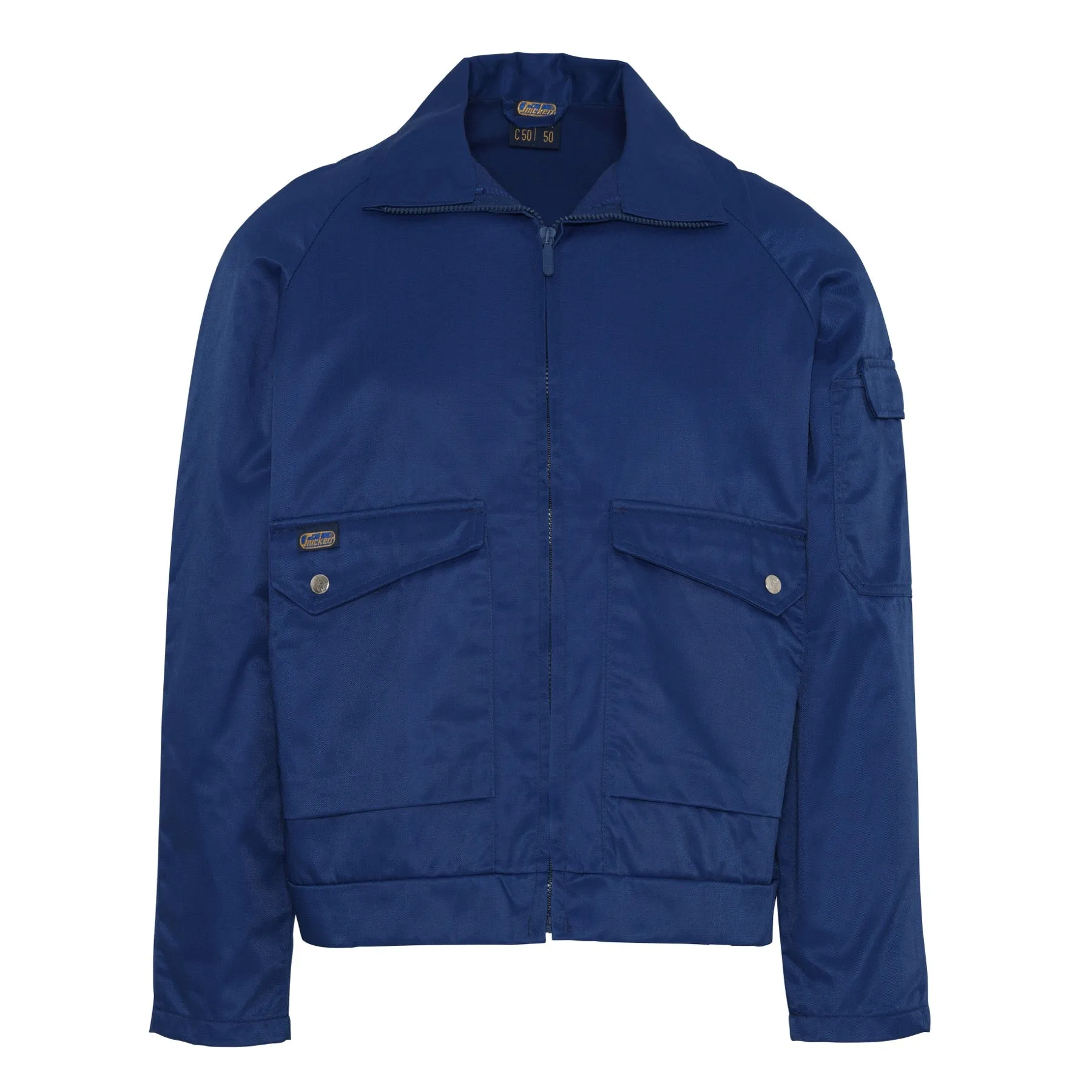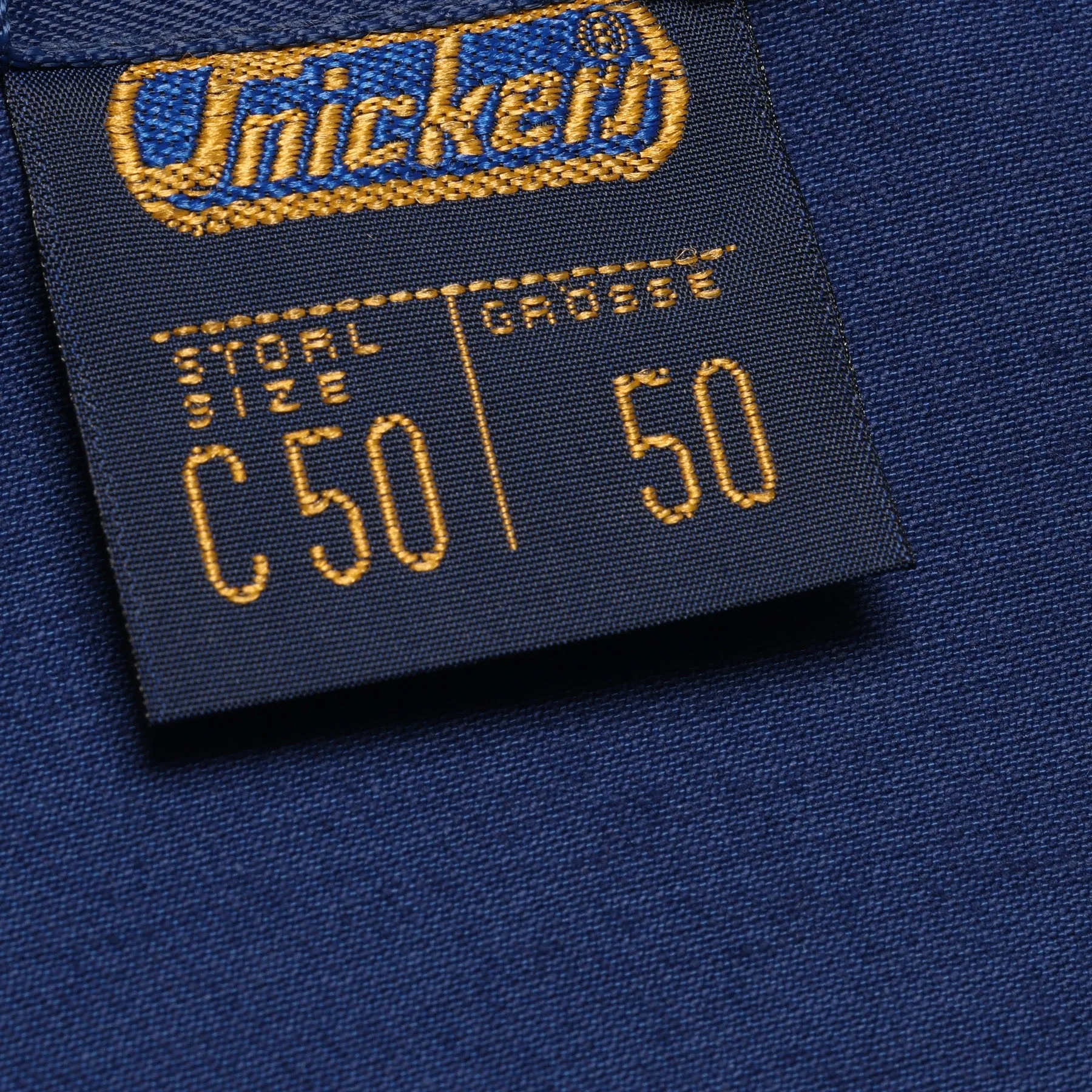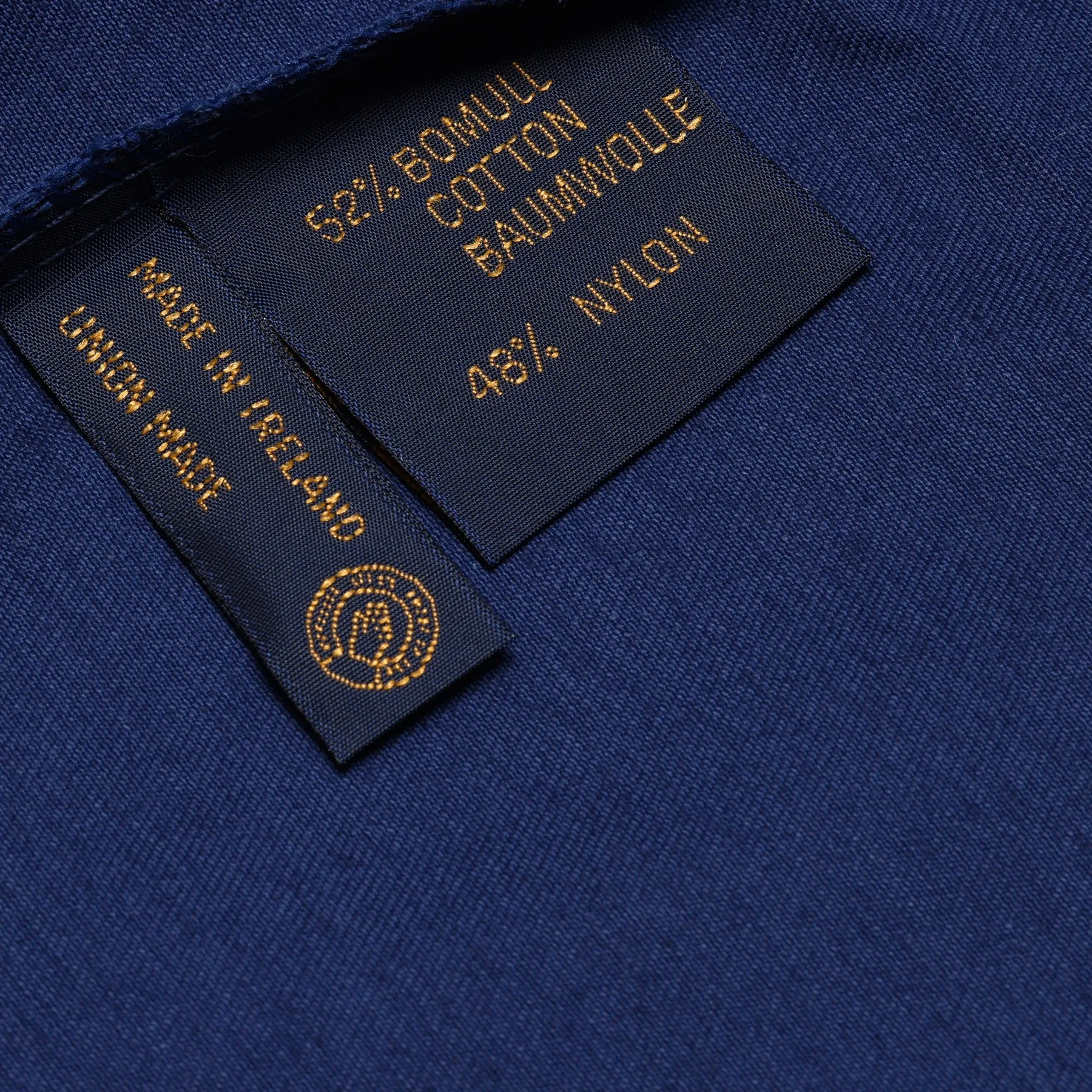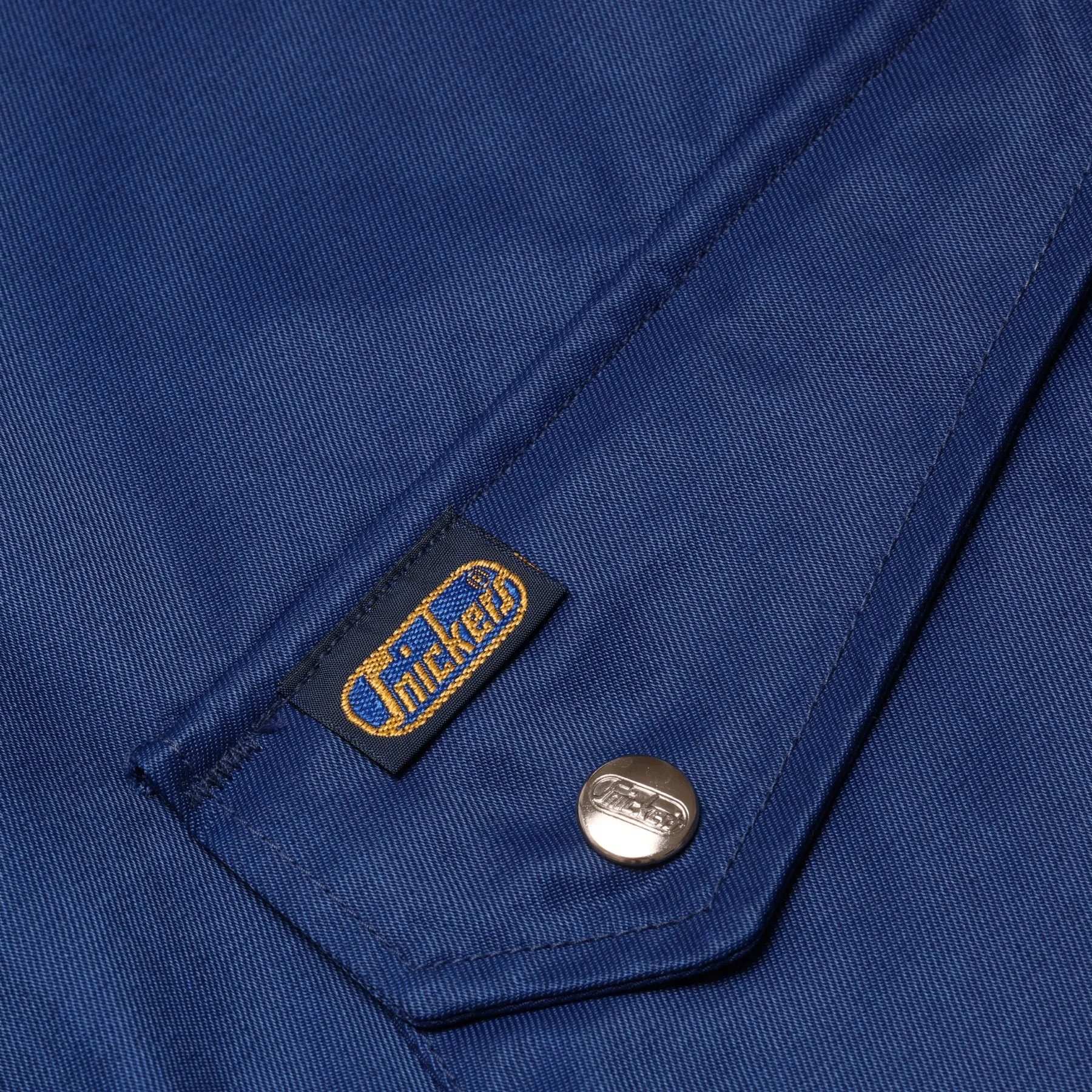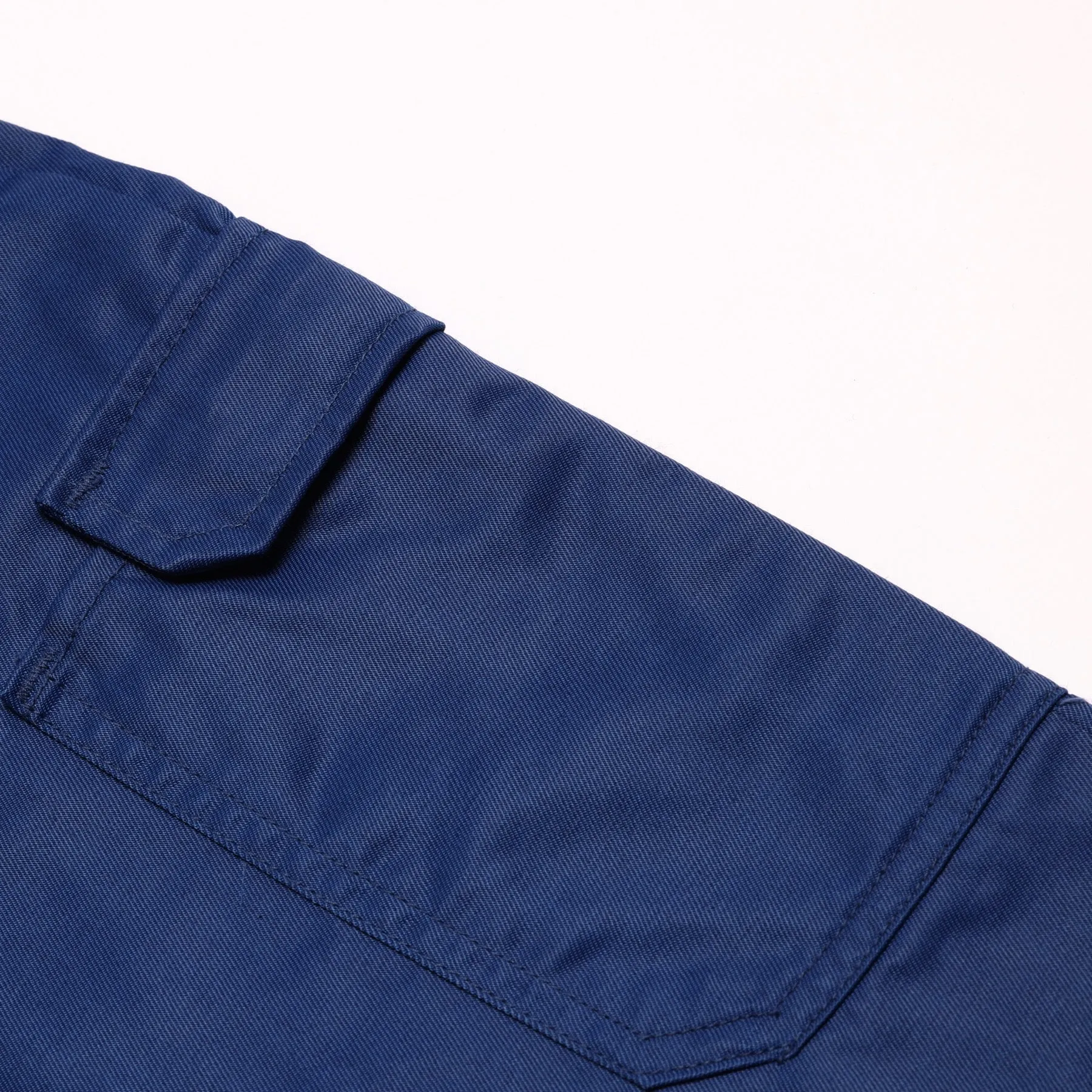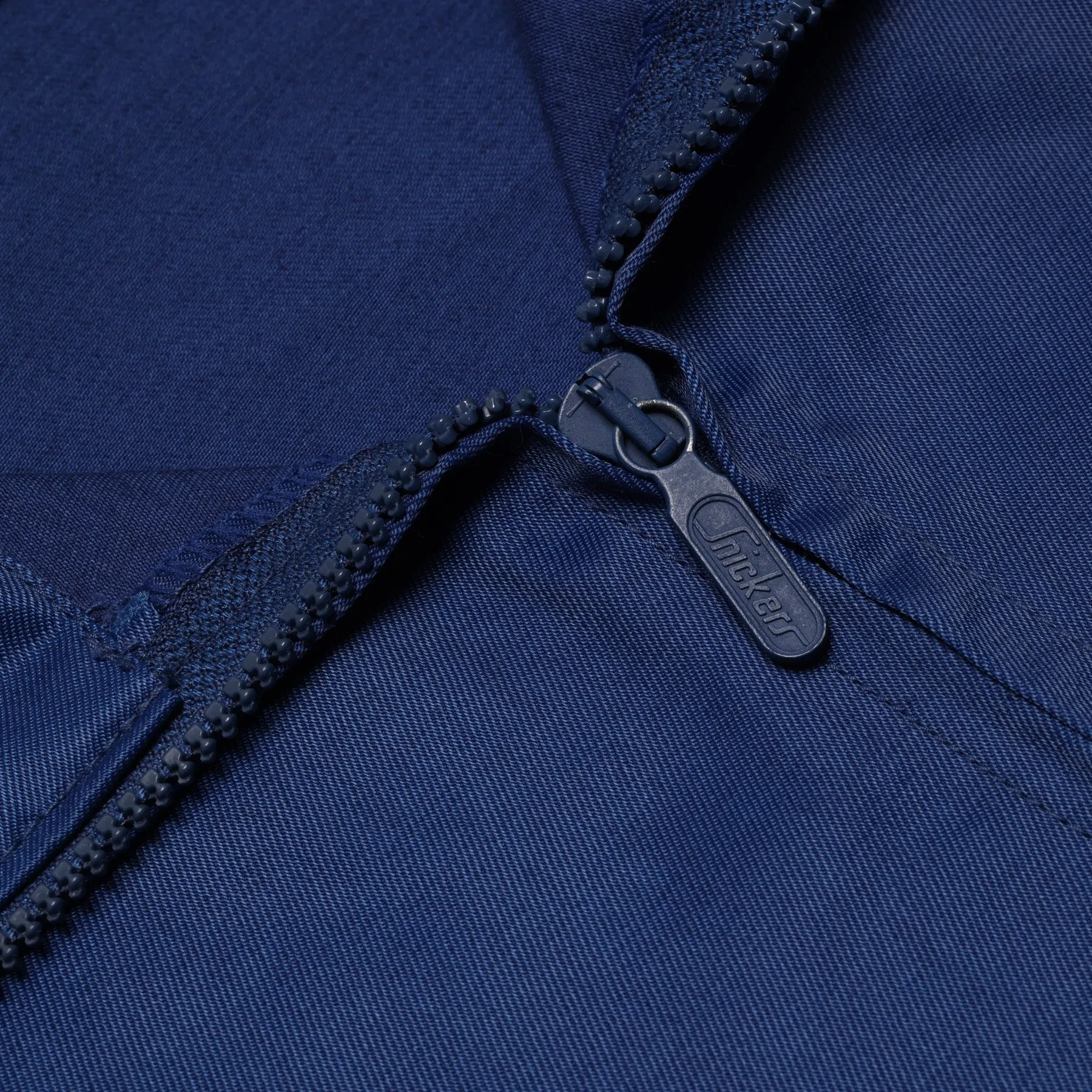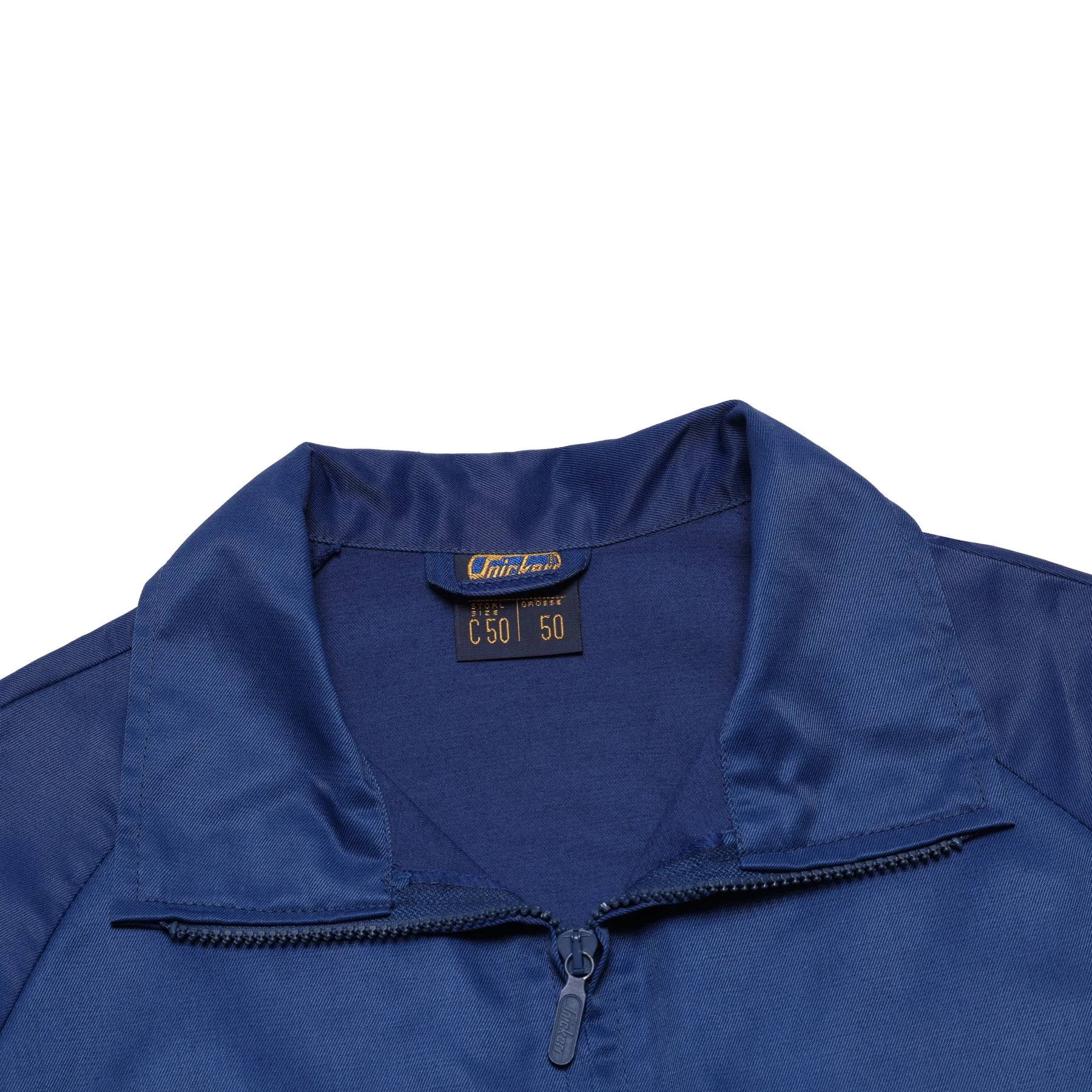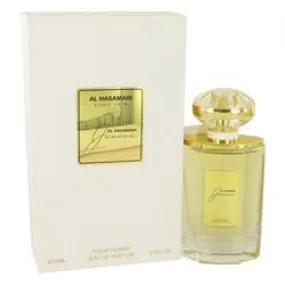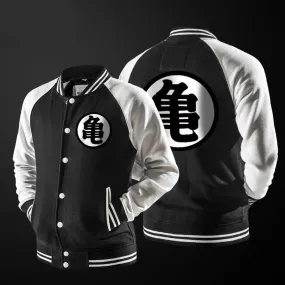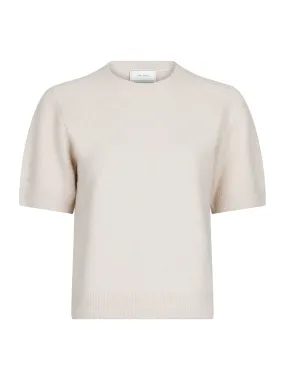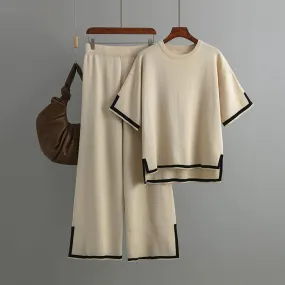Raglan sleeves, boxy silhouette, and clean paneling reflect Nordic engineering tuned for mobility, durability, and daily repetition.
This polycotton workwear jacket by Snickers exemplifies a critical juncture in industrial garment engineering—where user-centered design, mechanical durability, and visual restraint converge into a form that transcends mere utility. Originating from Snickers Workwear, a Swedish company founded in 1975 by electrician Matti Viio, the jacket represents a paradigm shift in technical apparel: a rejection of ill-fitting, non-functional work garments in favor of ergonomically tuned, purpose-driven outerwear. Although Snickers Workwear was founded and headquartered in Sweden, this specific jacket was manufactured under contract in Ireland, likely during the 1980s, at a time when the brand was expanding its production infrastructure across Europe to accommodate growing demand and optimize regional distribution. This cross-border manufacturing strategy reflects broader trends in late-20th-century European industrial apparel, where design specification fidelity was maintained while leveraging regional unionized labor forces. The “Union Made” designation is particularly rare and revealing in the context of technical workwear. It confirms that this garment was constructed in a unionized Irish facility—very likely operating under the regulatory frameworks of the European Economic Community or the UK-EU labor agreements in effect during the late Cold War period. This label signifies strict adherence to certified wage floors, standardized working hours, and documented skill-level accreditation, situating the jacket not only within the history of industrial design but also within the legacy of organized labor rights and ethical manufacturing in post-industrial Western Europe. Though firmly embedded within the industrial laborwear category, the jacket’s precision construction, modular logic, and minimalist aesthetic have positioned it as a cult object within contemporary technical menswear and post-functional design movements. Engineered for tradesmen operating in electrical, mechanical, and logistics sectors, this zip-front jacket balances thermal regulation, range of motion, and abrasion resistance through a considered synthesis of material science and pattern geometry. The garment’s defining feature—the raglan sleeve—eliminates the traditional shoulder seam, improving overhead mobility while distributing stress evenly across the upper torso. This shoulder design extends into the neckline through a yoked configuration, combining structural reinforcement with visual streamlining. The body block is intentionally boxy to facilitate layering and unrestricted movement, while the slightly bloused hem and non-elasticized cuffs eliminate tension points during repetitive physical tasks. Fabricated from a tightly woven polycotton twill—comprising 52% cotton and 48% nylon—the outer shell delivers industrial-grade resilience without bulk. This fiber composition offers a nuanced balance between tensile strength, breathability, and dimensional stability, with nylon reinforcing the weave against tearing, UV degradation, and shrinkage. The surface texture exhibits a warp-faced diagonal twill, suggesting calendering or resin finishing to minimize frictional snags while enhancing mechanical resistance. Estimated at 220–250 GSM, the fabric provides lightweight wearability under heavy exertion while maintaining sufficient structure for pocket articulation and panel shaping. Seam architecture follows rigorous industrial standards, with double-needle topstitching used throughout for structural redundancy and visual coherence. High-stress areas—such as pocket flaps, raglan joins, and zipper bases—are systematically reinforced with bar-tacking, layered interfacing, or box-stitching. The seams themselves are likely flat-felled or mock-felled to resist fraying and puckering under repeated motion. The front closure integrates a heavy-duty plastic-toothed zipper, Snickers-branded and fully encased within a topstitched facing placket, reducing wear on the zipper tape and ensuring snag-free operation. Pocket construction includes two angled flap patch pockets with snap closures and an additional sleeve-mounted utility pocket—each reinforced with internal interfacing and executed with geometrically precise mitred corners, indicating jig-aided assembly. The collar is a shirt-style semi-spread variant, constructed with fused interfacing for shape retention without excessive bulk. Its integration into the raglan neckline is executed with clean alignment and tension control, free of draglines or distortions. Sleeve hems are turned and topstitched—eschewing elastic or plackets to simplify wear under gloves—while the jacket hem employs an internal elastic band reinforced with seam tape to concentrate fit around the hip for toolbelt clearance. Interior finishing adheres to European workwear standards, with internal edges clean-bound or bias-taped, and neckline facings constructed from self-fabric or matched twill binding for fray resistance. Conceptually, the jacket operates as a tool, not a fashion object—yet its visual language evokes industrial clarity and psychological grounding. The deep blue tone suggests reliability, neutrality, and cognitive calm in high-risk or focus-intensive environments, while the absence of superfluous branding or detail communicates quiet discipline. Functionality is foregrounded through every material and formal decision, from darted raglan sleeves for shoulder articulation to the symmetrical topstitching that doubles as visual organization and seam stabilization. Within the historical continuum of industrial uniform design, this garment occupies a post-1960s European lineage distinct from American denim-based workwear. It reflects the era when Nordic and Germanic manufacturers began incorporating synthetic fibers, zipper closures, and minimal silhouette disruption to accommodate the mechanization of labor and safety standardization. The jacket likely dates from the late 1980s to 1990s—an era when thermoplastic zippers and polyamide-cotton blends became widespread in technical uniforms—concurrent with the rise of ergonomic patternmaking and ISO durability certifications such as ISO 15797 for industrial laundering. In the contemporary landscape, this jacket holds pronounced relevance across multiple design spheres. Brands such as Veilance, Auralee, Ten c, and Engineered Garments draw from similar modular construction logic and textile pragmatism, adapting industrial forms for urban and conceptual reinterpretation. The jacket’s clear paneling, tonal unity, and mechanical trim positioning place it within the vocabulary of post-functionalism, where garments are judged not by ornament but by their infrastructural elegance. It also aligns with “hardcore normcore” and archival workwear revival movements, where the technical anonymity of industrial clothing is reframed as aesthetic purity. From a textile standpoint, the cloth likely originates from one of Europe’s leading technical mills—such as Klopman International, Carrington Textiles, Concordia, or TenCate—each known for cotton-nylon blends engineered for industrial and protective wear. These textiles are calibrated for stain resistance, dimensional stability, and high-impact friction scenarios, with dyeing processes such as reactive (cotton) and acid (nylon) methods yielding consistent, fade-resistant coloration. Structurally, the garment maintains high-integrity panel distribution, with princess seams reducing bulk across the chest, a one-piece back panel providing uninterrupted branding or reflective placement, and raglan-sleeve geometry allowing for industrial scalability with minimal component variation. Every seam, hem, and edge finish adheres to production logic focused on longevity, repairability, and ergonomic compliance—rendering this jacket a paradigm of scalable yet detail-sensitive garment engineering. In totality, this Snickers Workwear jacket stands as a benchmark in technical apparel design: a garment that operates with mechanical precision, textile intelligence, and functional modesty. Its form is the result of systemic problem-solving rather than stylistic projection—yet paradoxically, it offers profound stylistic clarity. As both an archive-worthy artifact and a viable fashion garment, it presents rare integrity within a field where utility and design are too often decoupled.
Measurements (cm):
Chest: 58
Length: 67
Shoulder: 50
Sleeve: 64
Size Conversion (approximate)
US Men’s Size: L
EU Men’s Size: 50
SKU: 015008




